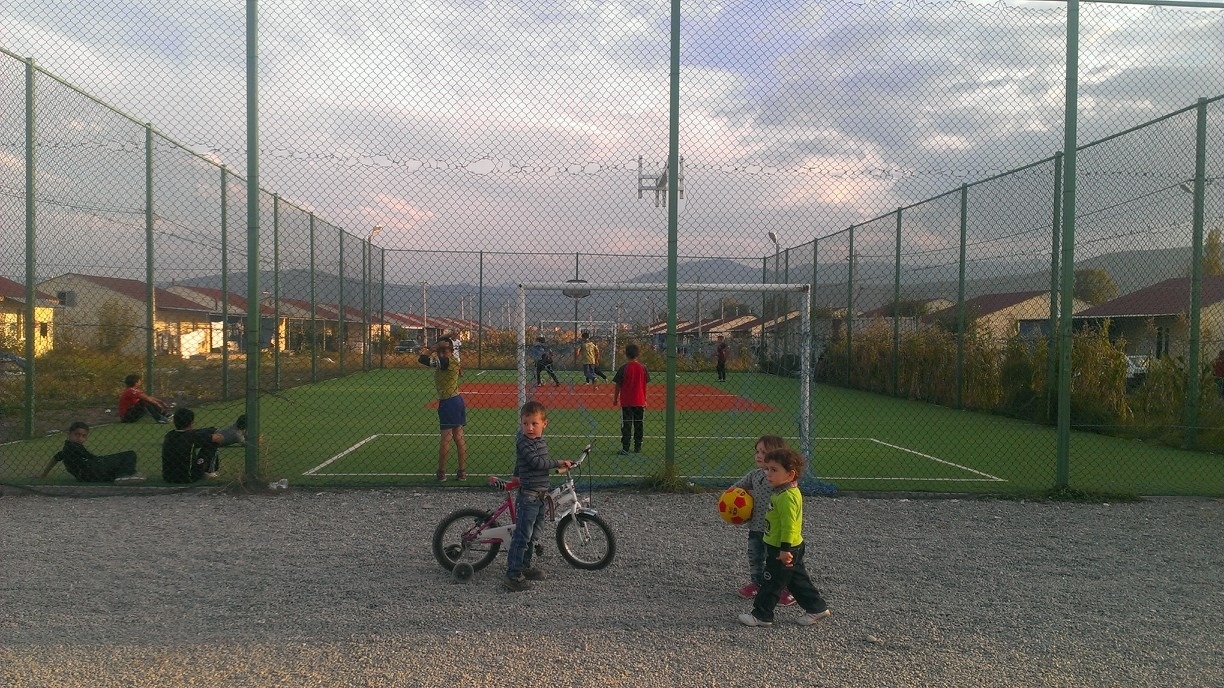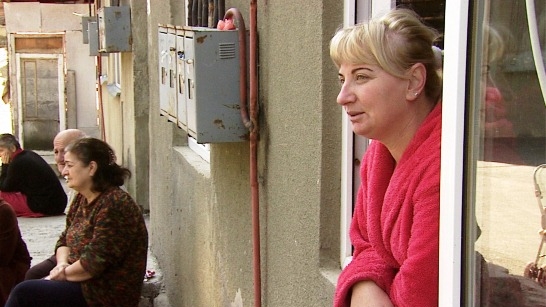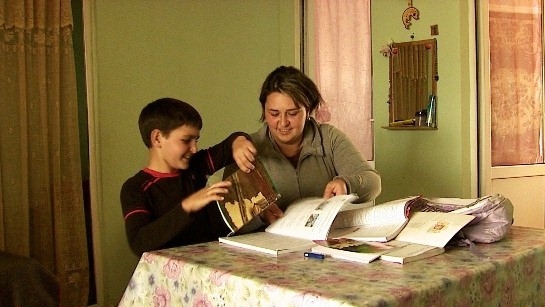Challenge
Ethnic conflict in Georgia’s Abkhazia and South Ossetia regions in the early 1990s and in 2008 caused waves of forced displacement, leaving approximately 270,000 IDPs in the country today. IDPs are generally socially and economically marginalized within the wider society. Moreover, they have worse living conditions and more limited income and livelihood opportunities than the nondisplaced.
Solution
By using a clear set of criteria and an accountable process for the selection of target communities, the project undertook extensive outreach and research to identify the most isolated and vulnerable IDP communities. The community mobilization method enabled IDPs in those communities to articulate a wide range of local development needs and come to a consensus on their local development priorities. Microprojects were implemented to fulfill those needs. The benefits of the demand-driven approach included: (i) flexibility toward a range of different needs in different communities, and (ii) strong community involvement in the microproject process.
Wherever possible, microproject benefits were extended to the local, nondisplaced population, ensuring inclusiveness of benefits to both groups. Residents in each community formed a Micro-Project Management Committee (MPMC) to act as a representative body to coordinate with the Project Management Unit (PMU), enabling IDPs to have a voice and a choice in the use of



